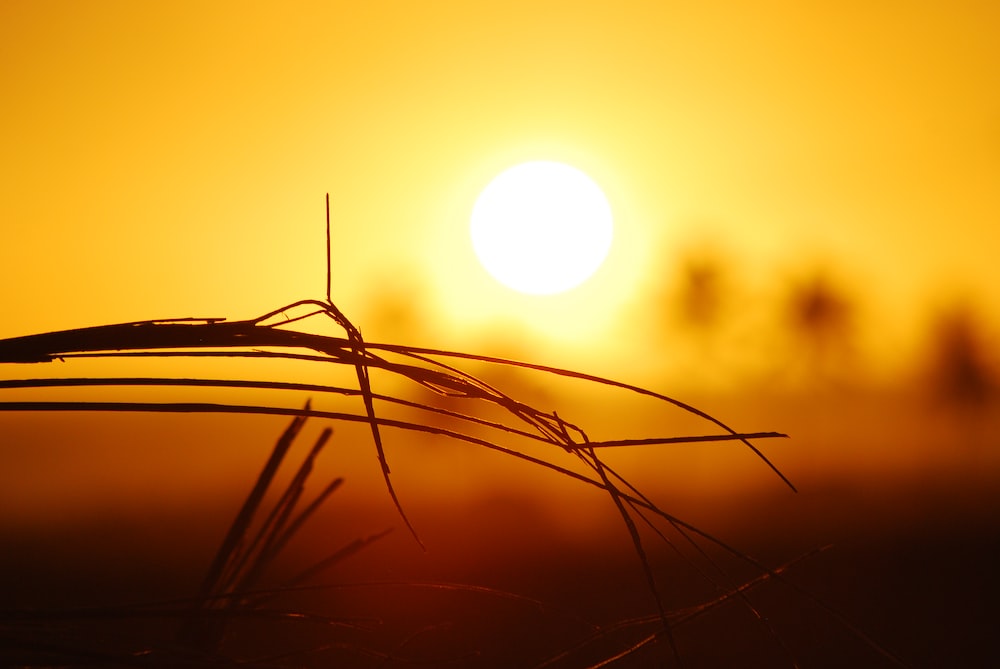From CO2Science: In the words of Bajolle et al. (2018), “paleoclimatic records covering the Northern Hemisphere are still too sparse to obtain a precise representation of past climate change.” Consequently, they say that the amplitude and spatial extent of climate anomalies like the Medieval Warm Period and Little Ice Age “are still undefined for most parts of the Northern Hemisphere,” making it “impossible to strictly define these periods of interest in North America since quantitative long-term data are missing in several regions.” Hoping to provide some additional knowledge of Holocene climate fluctuations in the boreal region of north-eastern Canada, the six researchers thus developed a new summer temperature proxy by analyzing chironomid assemblages from lake sediment cores obtained from Lac Aurelié (central Quebec; 50.42°N, 74.23°W, 440 m a.s.l.). The new record spanned 8,200 years with an average temporal resolution of 45 years.
Paper reviewed: Bajolle, L., Larocque-Tobler, I., Gandouin, E., Lavoie, M., Bergeron, Y. and Ali, A.A. 2018. Major postglacial summer temperature changes in the central coniferous boreal forest of Quebec (Canada) inferred using chironomid assemblages. Journal of Quaternary Science 33: 409-420.
Results of the analysis revealed the existence of a warm Holocene Thermal Maximum between 8 and 6.5k cal yr BP, with summer temperatures averaging 0.9°C warmer than present. Bajolle et al. also report the existence of a Medieval Climate Anomaly in which temperatures peaked about 1.0°C above current levels approximately 1,200 years ago. In addition, the well-known Little Ice Age temperature anomaly was evident in the proxy record. Occurring between the 15th and 19th centuries, this multi-century-long cold period witnessed summer temperatures that averaged 2.1°C below those of today.
In light of the above findings, it would appear that there is nothing unusual, unnatural or unprecedented about current summer temperatures in central Quebec, which fall well within the range of natural variability for this area.


